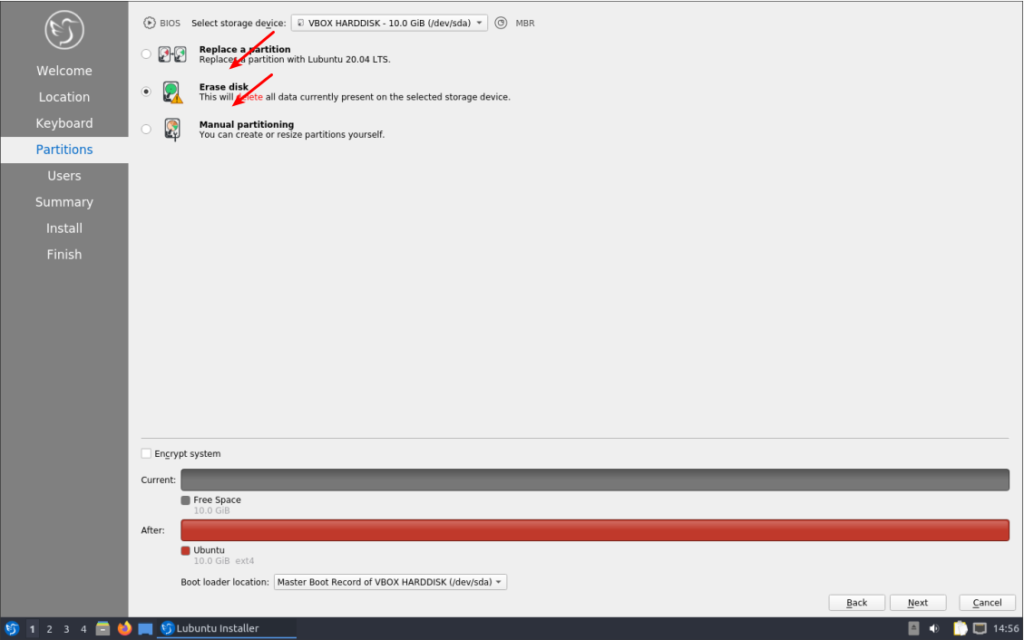visionhelp
Active Member
Hallo.
(Ich hoffe, im richtigen Forum-Bereich zu posten.)
Bei Versuchen, ohne exakt vorbereitete Partitionen, mißlingt die Installation.
(Wenn es nicht noch etwas Anderes ist.)
Uefi - Partition - soll nicht sein.
Ich möchte gerne wissen, welche Partition mit welcher Größe welches Datei-System soll.
Und gerne noch die optimalste Reihen-Folge der Einrichtung der Partitionen.
(root (muß per ´/´ eingehängt werden), boot, home, swap: alle benötigt ?
Vielen Dank im voraus.
[Solved so far:] CORRECTION, conclusion:
Linux Mint Mate has an own install-manager, which handles - creates - the required partitions automatically.
(From Knoppix (install to HD) only known to me until this time, I was misleaded understanding to have to manual create (the (Knoppix) required) partitions for Linux every other Linux version, too.
Now first I may know this better. Thank You.)
Further Note: When installing on EFI there happens a warning, that it is not recommended to continue to install ... THIS really is just to ignore and just to continue to install. This I could experience with Linux Mint Mate 21.2.)
(Ich hoffe, im richtigen Forum-Bereich zu posten.)
Bei Versuchen, ohne exakt vorbereitete Partitionen, mißlingt die Installation.
(Wenn es nicht noch etwas Anderes ist.)
Uefi - Partition - soll nicht sein.
Ich möchte gerne wissen, welche Partition mit welcher Größe welches Datei-System soll.
Und gerne noch die optimalste Reihen-Folge der Einrichtung der Partitionen.
(root (muß per ´/´ eingehängt werden), boot, home, swap: alle benötigt ?
Vielen Dank im voraus.
[Solved so far:] CORRECTION, conclusion:
Linux Mint Mate has an own install-manager, which handles - creates - the required partitions automatically.
(From Knoppix (install to HD) only known to me until this time, I was misleaded understanding to have to manual create (the (Knoppix) required) partitions for Linux every other Linux version, too.
Now first I may know this better. Thank You.)
Further Note: When installing on EFI there happens a warning, that it is not recommended to continue to install ... THIS really is just to ignore and just to continue to install. This I could experience with Linux Mint Mate 21.2.)
Last edited:




